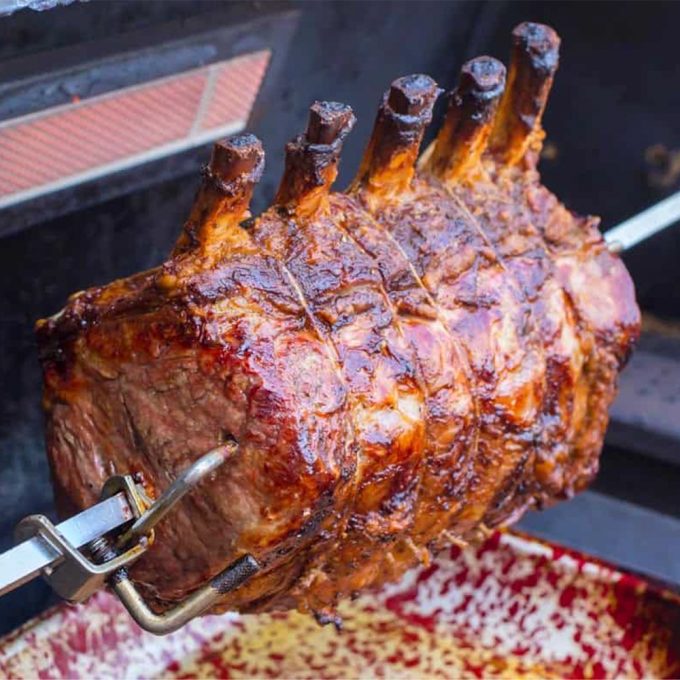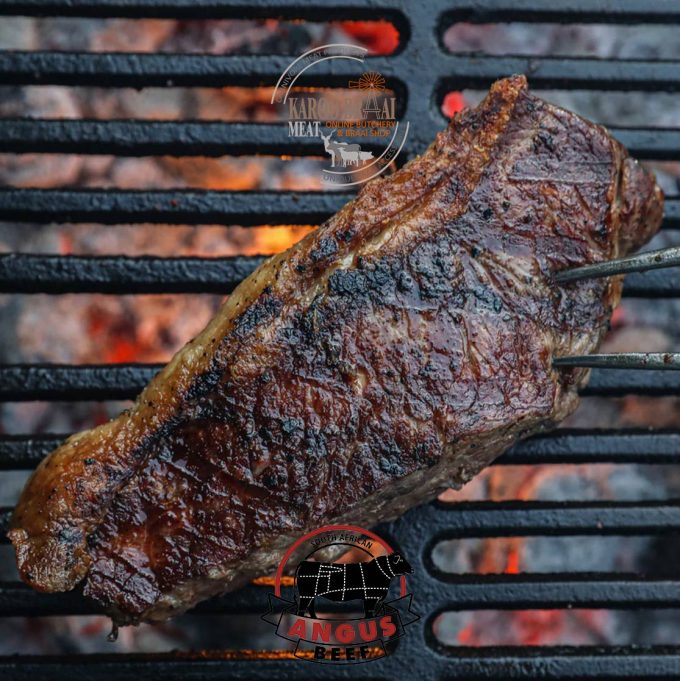Benefits of Angus Beef
What makes grass-fed beef healthier?
Real Beef is Grass-Fed Beef
Major Source of Omega 3 fats & Green
Grass-fed meat is lean and lower in calories. A 6 oz. steak from a grass-finished steer has almost 100 fewer calories than a 6 oz. steak from a grain-fed steer. Why should YOU be eating grass fed beef?
- Grass-fed beef is naturally leaner than grain-fed beef.
- Omega 3s in beef that feed on grass is 7% of the total fat content, compared to 1% in grain-only fed beef.
- Grass-fed beef has the recommended ratio of omega 6 to omega 3 fats (3:1.)
- Grass-fed beef is loaded with other natural minerals and vitamins, plus it’s a great source of CLA (conjugated linoleic acid) a fat that reduces the risk of cancer, obesity, diabetes, and a number of immune disorders.
- Beef, in its natural grass-fed state, is a health food of the highest order. (5,6)
- Grass fed beef has a much smaller carbon footprint than grain fed.
In humans, vitamin E is linked with a lower risk of heart disease and cancer. This potent antioxidant may also have anti-aging properties.
Extra Omega-3s
Although grass-fed meat is low in “bad” fat (including saturated fat), it gives you two to six times more of a type of “good&” fat called “omega-3 fatty acids.”
Omega-3 fatty acids play a vital role in every cell and system in your body. For example, of all the fats, they are the most “heart friendly.” People who have ample amounts of omega-3s in their diet are less likely to have high blood pressure or an irregular heartbeat. Remarkably, they are 50 percent less likely to have a serious heart attack.3
Omega-3s are essential for your brain as well. People with a diet rich in omega-3s are less likely to be afflicted with depression, schizophrenia, attention deficit disorder (hyperactivity), or Alzheimer’s disease.4
The reason that grass-fed animals have more omega-3s than grain-fed animals is that omega-3s are formed in the green leaves (specifically the chloroplasts) of plants. Sixty percent of the fat content of grass is a type of omega-3 fatty acid called alpha-linolenic or LNA.
Cattle Raising: The Details – more than you need to know
- No growth hormones or steroids
- No antibiotics (used in rare cases to treat severe cattle infections such as foot rot, pink eye or pneumonia)
- Not confined
- Pasture raised – pastures sectioned for grazing rotation of 200 acres
- What the cattle eat:
- Entirely grass / pasture diet during non-winter months (when there’s grass, duh)
- Winter months (Dec-Mar): grass / pasture diet of brood cows is supplemented with hay, wheat midds and protein from composted broiler litter. These hard working nursing moms need extra during the cold period.
- Early age winter calves (Jan-Mar): cows milk is supplemented with grass/hay and a mix of grain, soybean husks and corn gluten to ensure a strong start to life and avoid disease. These calves will be off this ration at least 1.5 years before they are ready to sell.
- Grazing pastures: no pesticides or herbicides are used (most weeds are pulled and occasionally weeds (thistle) are spot treated with herbicide)
- Calves vaccinated against common bovine diseases and treated for worms (standard practice across cattle farms)
- Pesky cow flies (which can carry disease) are controlled using insecticide ear tags, direct application or face rub









Reviews
There are no reviews yet.